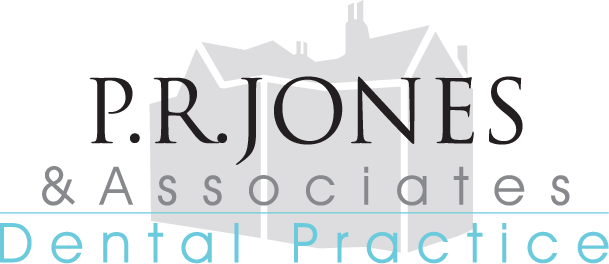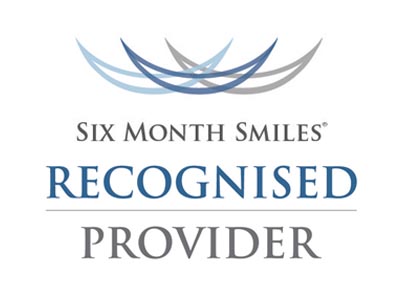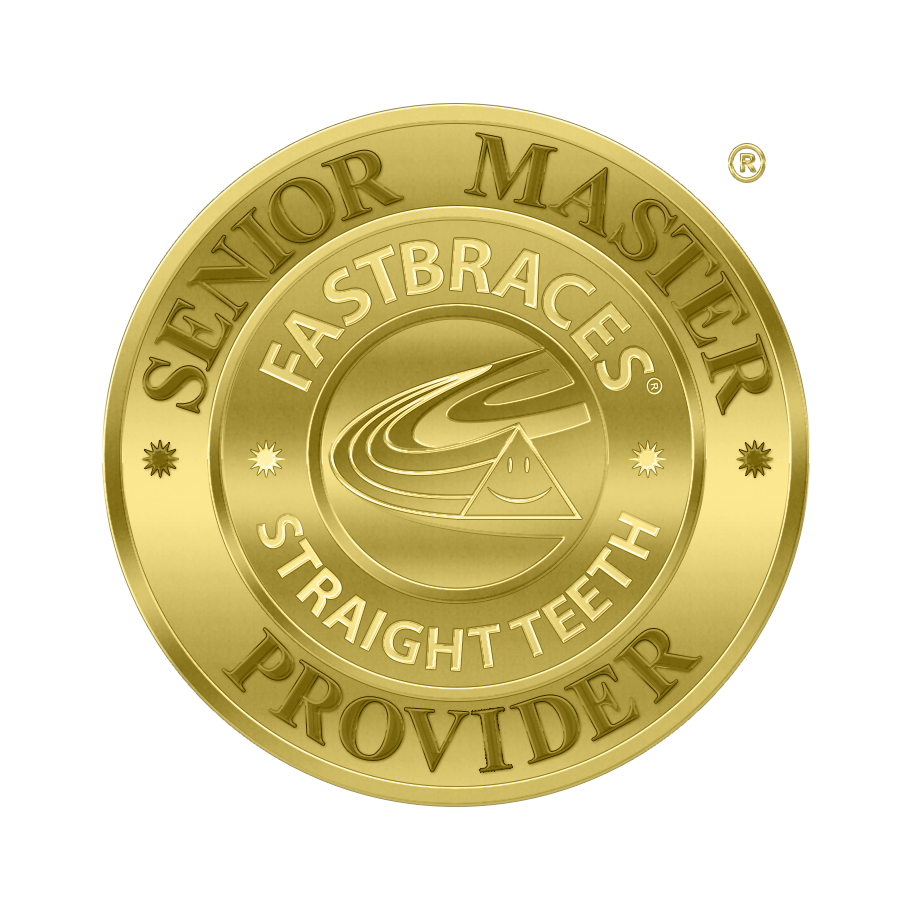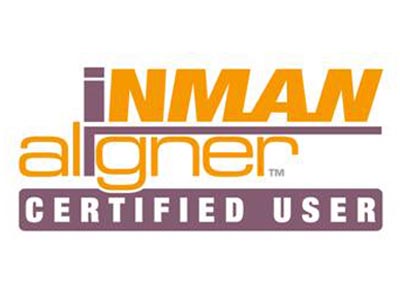Digital Dentistry
‘Godfather’ of Digital Dentistry is the French professor François Duret, who invented dental CAD/CAM in 1973.
Digital dentistry refers to the use of dental technologies or devices that incorporates digital or computer-controlled components to carry out dental procedures rather than using mechanical or electrical tools. The use of digital dentistry can make carrying out dental procedures more efficient than using mechanical tools, both for restorative and diagnostic purposes. Used as a way to facilitate dental treatments, it is possible to have more accurate predictable results, and propose new ways to meet patient demands.
Lead by Dr Ladak, at P.R.Jones and Associates we have continued to invest in Digital Dentistry and have recently added the fourth arm to our digital dentistry.
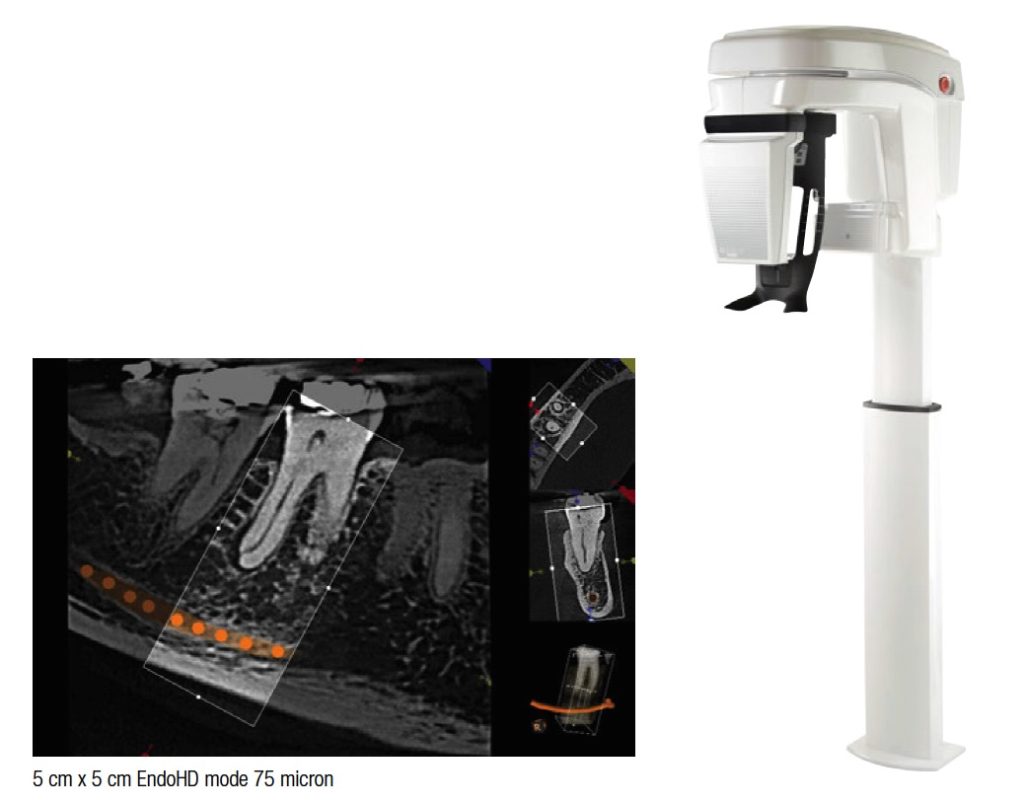
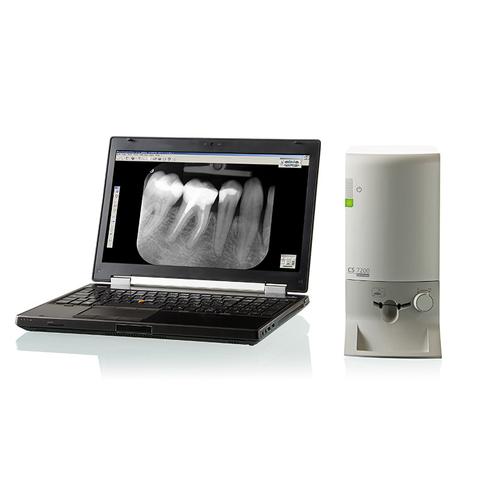
In recent years, we introduced our in house Cone beam computed tomography (CBCT) scanner, which was closely followed by Digital radiography throughout the practice. The main advantages of digital radiography include lower radiation (when following the ALARA principle), significant time reduction, ease of storage and organization, and image enhancements for quick and improved viewing. Cone beam CT is an exciting technology that has seen rapid growth due to growth in demand for dental implants, decreased radiation compared to conventional CT scans, and its effectiveness and accuracy being unparalleled. Due to the moderate learning curve to understand the anatomy, software, and diagnostic capacity, dentists are encouraged to obtain further advanced education on this technology, which has been completed by Dr Peter Jones and Dr Fayaz Ladak. Cone beam CT is being quickly adopted by many advancing Dentists and becoming the proposed standard for many surgical procedures, including implant placement, third-molar removal, and endodontics.
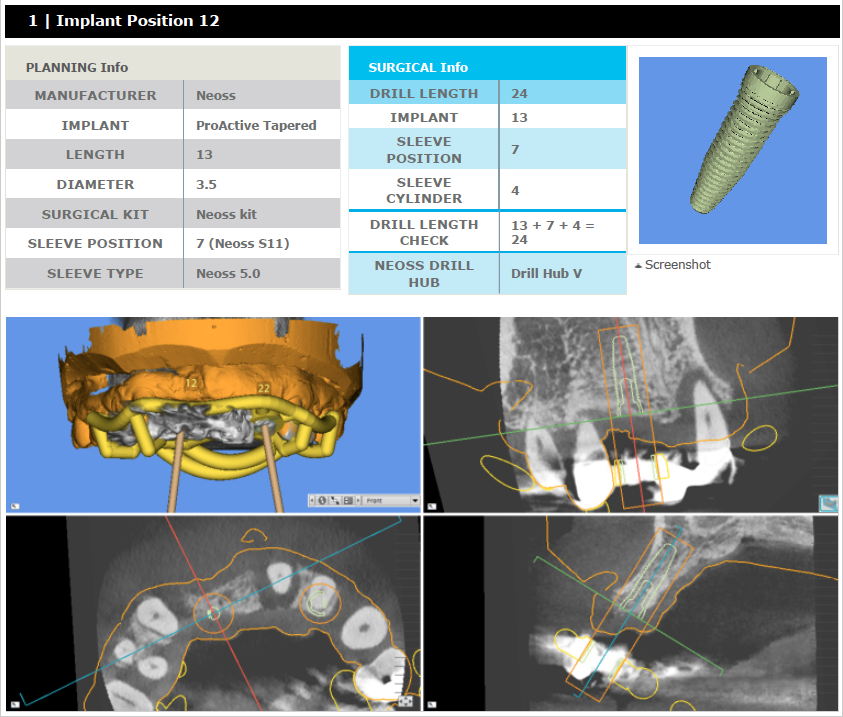
CAD/CAM use has been widely used through our partnering laboratories to produce ceramic and implant retained restorations as well as invisible aligners for adult cosmetic orthodontics for a number of years. It is faster, more economical, predictable, consistent, and relatively accurate. Dr Ladak has further developed this through his partnership with SwissMedia using their gold standard SMOP 3D digital software for planning implant treatments and the production of 3D guides for implant surgery. This allows for more accurate planning and execution of treatments by taking into account the desired outcome for the surgery prior to actually doing the implant surgery. Adopting such standards of treatments is time consuming for the clinician without an added cost to our patients, however, provides better exceptional planning and care in the treatment being provided whilst taking advantage of the latest advancements in digital dentistry.
Our new investment and fourth arm into digital dentistry is Intraoral imaging using our new intraoral carestream 3D scanner. This helps to further complete the digital pathway and allow accurate imaging for diagnostic use and to aid treatment planning. To be used primarily for dental implant treatment, the intraoral scanner will also be useful for imaging of teeth for production of study models, 3D guides, crown and bridgework and orthodontic treatment and planning. This will also in some instances remove the need for taking the routine impressions that patients find messy and difficult to tolerate, however, the main advantage will be the increased accuracy and efficiency of treatments.
Our continued investment confirms our commitment to remain in line with the newest developments in Dentistry and our determination to provide the best for our patients.
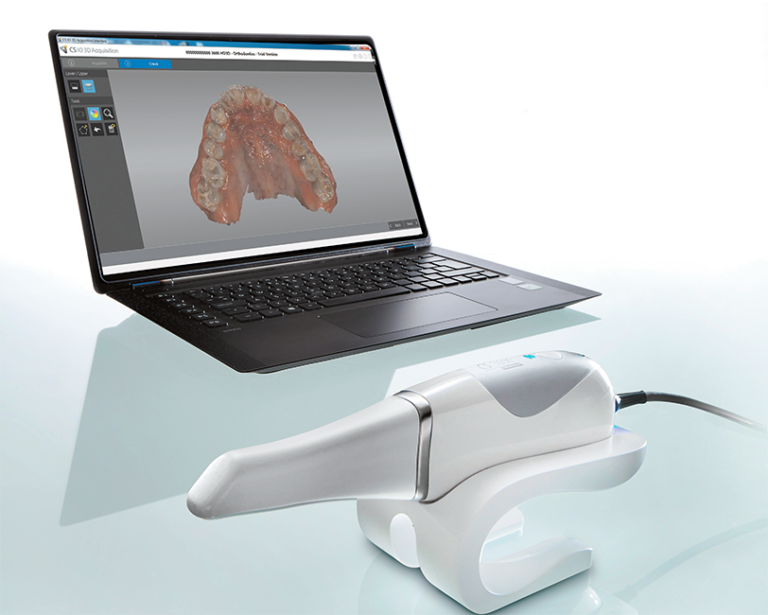
Contact Us
01977 702 051
info@prjonesdental.com
Mannington, Southgate, Pontefract, WF8 1QT
Enquiry Form
- Copyright 2020 P.R.Jones & Associates Dental Practice. All rights reserved
